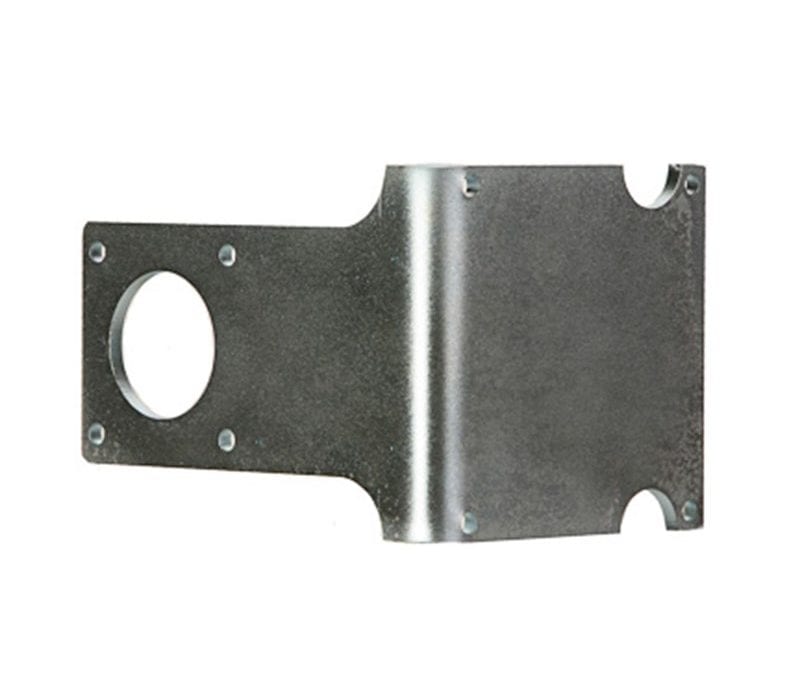Galvanized steel, with its remarkable corrosion resistance and versatility, has become a staple material across various industries. Its unique properties make it an ideal choice for many applications. It’s durability and aesthetic appeal make it an excellent choice for many projects. It’s especially popular for construction projects that include fences, rails, and tubing. Whether used for construction or for industrial purposes, galvanized steel adds a modern appearance to any structure. The benefits of galvanized steel include lower maintenance costs, increased reliability, and reduced risk of corrosion. The coating is protective and can protect sharp edges and recesses from damage. It is also resistant to rust due to its coating, which is self-healing. This means that it won’t require additional surface preparation, inspection, or painting.
Galvanized steel
Galvanized steel is a type of steel treated with zinc to protect it from corrosion. It is affordable and commonly used in industrial applications. Its surface has a recognizable crystallization pattern. Galvanized steel is durable and visually appealing, making it popular for construction projects like fences, rails, and tubing. It offers benefits such as lower maintenance costs, increased reliability, and reduced risk of corrosion. The protective coating safeguards sharp edges and recesses and is self-healing against rust, eliminating the need for additional surface preparation, inspection, or painting.
Hot-Dip Galvanization
Hot-dip galvanizing is a process that coats steel and iron with zinc, creating a tough, durable finish. It involves immersing the metal in molten zinc, forming an iron-zinc alloy coating for superior corrosion protection. The resulting appearance on hot-dip galvanized steel is a shiny, mottled coating known as “spangle.” It is highly durable and versatile, preferred for applications exposed to moisture or the elements. Hot-dip galvanizing produces fewer pollutants and offers a stronger and more resilient coating compared to cold galvanizing, ensuring longer-lasting protection against corrosion.
Hot-Dip V.S. Galvanized
Galvanized steel is a form of metal that offers long-lasting protection and less maintenance. It cannot be welded and is generally installed in pipe systems with clamped supports. Hot-dip galvanizing is a process that requires a 7-bath process that also includes pickling and fluxing. The coating thickness is typically 10 to 12 um. Coatings with higher thicknesses cost more. Pre-galvanizing is similar to hot-dip galvanizing, but it is completed during the first stage of production. This process is often used to coat sheet metal quickly. Pre-galvanized products are cleaned before being dipped in a molten zinc bath. After the coating is applied, the sheet metal is recoiled and cooled. This process can be ineffective for products that will be exposed to corrosion due to cuts made during fabrication. Hot-dip galvanized products are better suited for products that require a very durable barrier against corrosion. Hot-dip galvanizing is more expensive than pre-galvanizing. However, it has a longer life span. It can be used on a large scale and offers more resistance to corrosion. Hot-dipped galvanization and pre-galvanizing processes have differences worth understanding when selecting the appropriate steel material.
At Fox Valley Stamping, we offer cost-effective sheet metal fabrication and welding services with a competitive turnaround. Our experts combine traditional and modern manufacturing processes to deliver high-quality results. Get in touch with us through our Contact Form to discuss your metal stamping project!




 847.741.2277
847.741.2277
